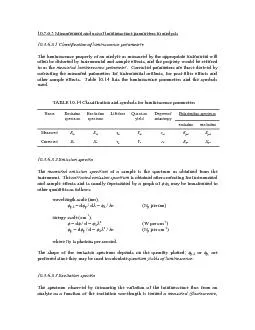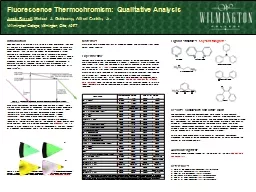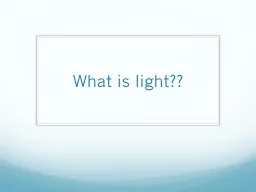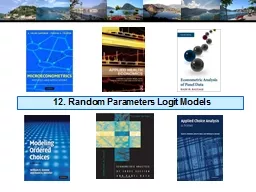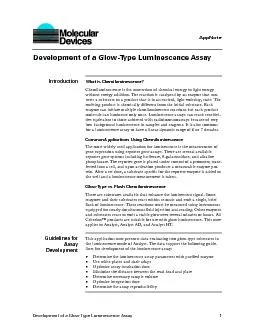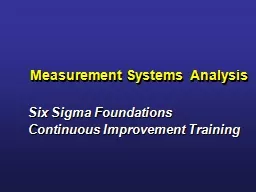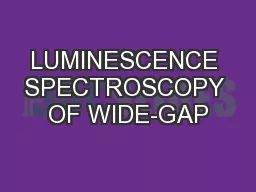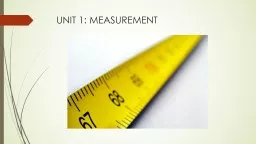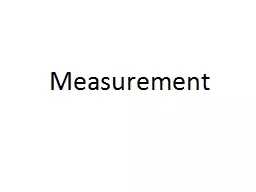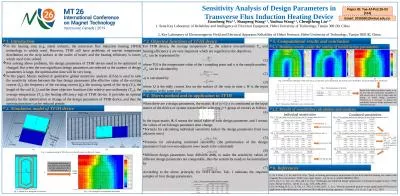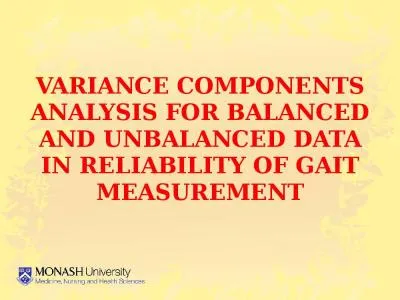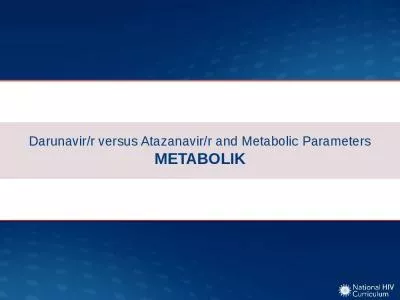PDF-10.3.6.3 Measurement and use of luminescence parameters in analysis ..
Author : ellena-manuel | Published Date : 2015-08-29
103631 Classification of luminescence parametersThe luminescence property of an analyte as measured by the appropriate instrument will often be distorted by instrumental
Presentation Embed Code
Download Presentation
Download Presentation The PPT/PDF document "10.3.6.3 Measurement and use of luminesc..." is the property of its rightful owner. Permission is granted to download and print the materials on this website for personal, non-commercial use only, and to display it on your personal computer provided you do not modify the materials and that you retain all copyright notices contained in the materials. By downloading content from our website, you accept the terms of this agreement.
10.3.6.3 Measurement and use of luminescence parameters in analysis ..: Transcript
Download Rules Of Document
"10.3.6.3 Measurement and use of luminescence parameters in analysis
.."The content belongs to its owner. You may download and print it for personal use, without modification, and keep all copyright notices. By downloading, you agree to these terms.
Related Documents

